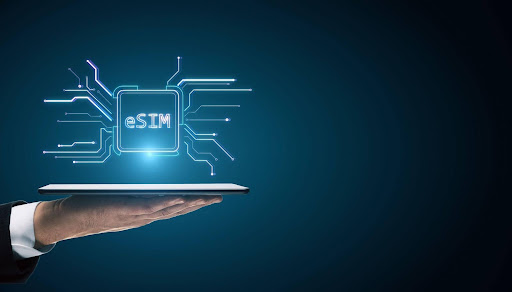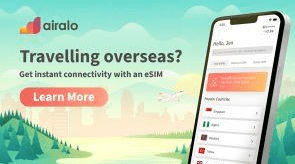Although eSIMs have been around for quite a while, only 33% of cellular IoT devices currently use them. However, a change is coming. Researchers say that by 2030, nearly 70% of all cellular devices will support eSIM or iSIM (integrated SIM), with adoption in certain categories, such as drones or connected cars, expected to exceed 90%. eSIM can help address many of the challenges that prevented enterprises from starting massive IoT deployments and hindered the development of the IoT market. But to understand the importance of eSIM technology and its impact on the IoT realm, we’ll first need to get back to the basics.
Understanding SIM cards
What we call a SIM card, that piece of plastic with a tiny metal strip on it, is actually the Universal Integrated Circuit Card (UICC). It is a smart card containing a microprocessor, data storage, and software. It provides users with access to voice, text, and data services on cellular networks, storing information like contacts and secure network parameters.
UICCs come in several form factors, so they could be used in all kinds of devices. Operator provisioning, which is programming and configuring the UICC so it can connect to your carrier’s network, is done at the manufacturing level. Traditional UICCs can hold only one profile, making it difficult to switch providers without physically replacing the SIM. This is problematic for IoT deployments, where changing SIM cards in thousands of devices, such as smart meters, would be inefficient.
Limitations of traditional SIM cards
Traditional SIM cards face several issues in IoT use cases:
- Physically changing SIM cards in numerous devices is cumbersome and impractical, especially in large deployments.
- Each SIM card supports only one profile, requiring multiple SIMs for continuous connectivity across different networks.
- Some regions require SIM cards from local providers, increasing manufacturing and logistical costs for devices deployed across various countries.
eSIM technology
eSIM (often referred to as eUICC) is an advanced version of UICC. It is remotely programmable and supports multiple profiles. This allows devices to switch carriers or update profiles over the air (OTA), regardless of their location. eSIM eliminates the need for physical SIM swaps, providing more efficient management of connected devices. You can learn more about eSIM technology and how it works in our article, “eSIM Explained”.
While the new technology was a huge advancement, the eSIM industry growth was hindered by two initial remote SIM provisioning standards that were far from ideal. A new remote SIM provisioning standard for IoT (SGP.32) developed by GSMA allows remote profile management without the need for operator intervention, making it easier for manufacturers and enterprises to switch connectivity providers and manage large IoT fleets.

Impact of eSIM on IoT
eSIM has the potential to revolutionize the telecom industry and IoT deployments. It offers flexibility in selecting connectivity providers, simplifies IoT device management, and reduces operational costs. With eSIM, manufacturers can activate and provision devices remotely, saving time and resources. Moreover, eSIM ensures that IoT devices remain futureproof, protecting them from the need for costly upgrades when network standards change.
Advantages of eSIM
- eSIM enables remote activation and profile switching, eliminating the need for manual SIM replacements.
- IoT devices using eSIM are protected from network upgrades and changing data plans
- eSIM simplifies compliance with local regulations by allowing remote switching of profiles, avoiding the need for different SIMs in each region.
- Device manufacturers can use a single SKU eSIM for global IoT deployments, reducing production, supply, and logistics costs.
The adoption of eSIM will be a game-changer for IoT, offering greater scalability, flexibility, and cost efficiency for enterprises. While certification around SGP.32 is still being finalized, fully compatible eSIM solutions are already in use across millions of devices, such as WebbingCTRL. With the mass adoption of eSIM, IoT deployments will become faster, more efficient, and easier to manage.
Learn more about Webbing’s innovative eSIM solution: WebbingCTRL – Connectivity Under Your Control | Webbing



































